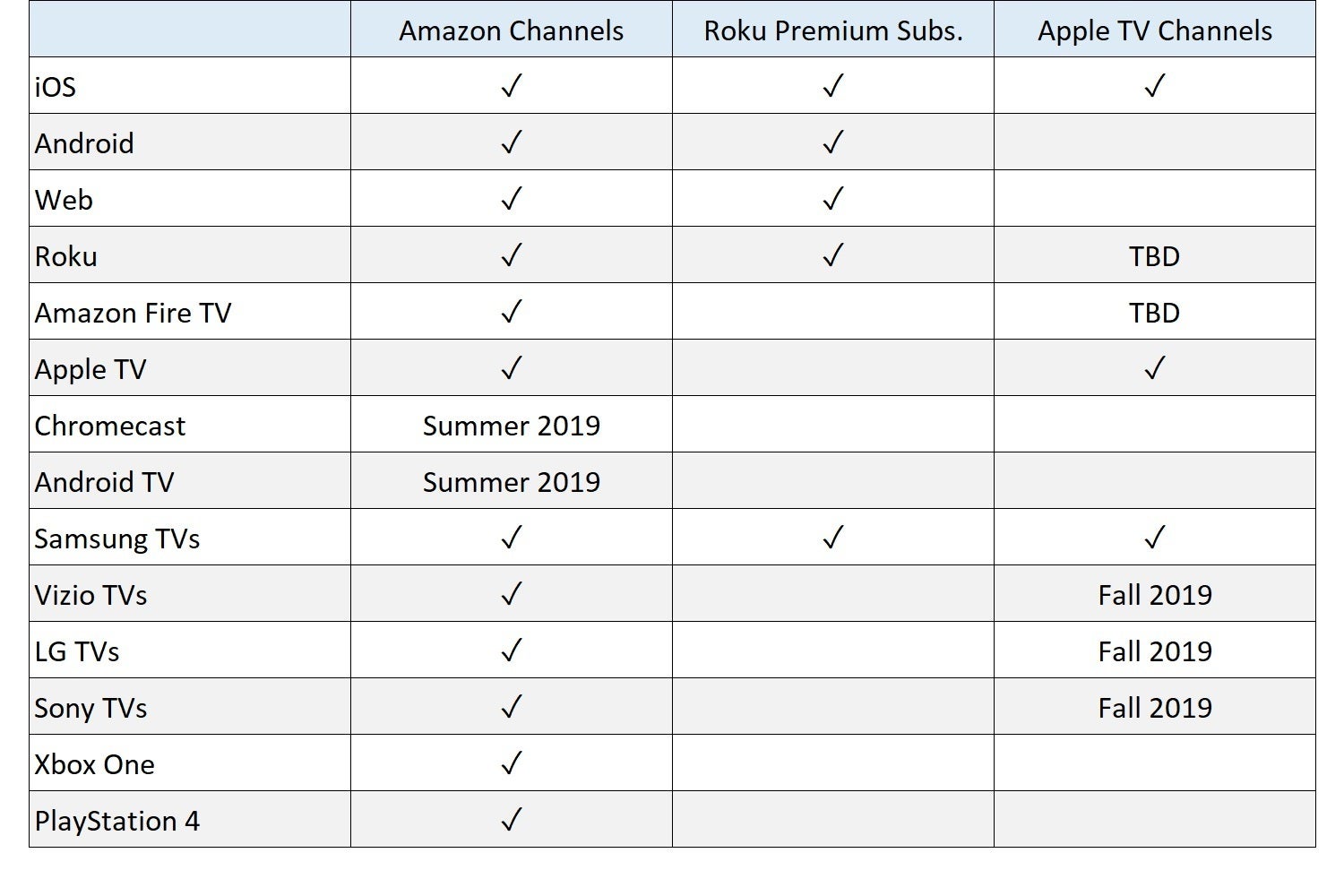With the tagline “Stream Black Culture. Anytime. Anywhere. Finally.” BET has announced the launch of its streaming platform BET+ this Fall.

So what’s BET+?
“It’s a new online streaming service. It’s thousands of hours of your favorite black content. It’s the movies that you love. It’s the tv shows you grew up with and new series you can’t live without. And it’s exclusive originals from the best black creators. No commercials. At all.”
Variety has more details and claims Tyler Perry “likely has a stake in the venture as he is contributing his own library, which is a big selling point.”
They quote Perry:
“In our industry, the way people consume content is constantly evolving. I’ve paid attention to my audience and what works for them and, for that reason, I’m very excited not only about the idea of partnering with BET to create new and exciting content, but also about the idea of giving people a personalized experience through the ability to curate the content they love to consume. On a personal level, this will also be the first time I’ll be working in areas like unscripted and variety television, which will afford me the opportunity to work in fresh, creative ways with new voices and to discover new talent.”
My take: Although no pricing has yet been announced, I believe BET+ will be one of the winners in the upcoming streaming sweepstakes. Disney+, AppleTV+, et al, will be going up against these 100+ streaming services.







